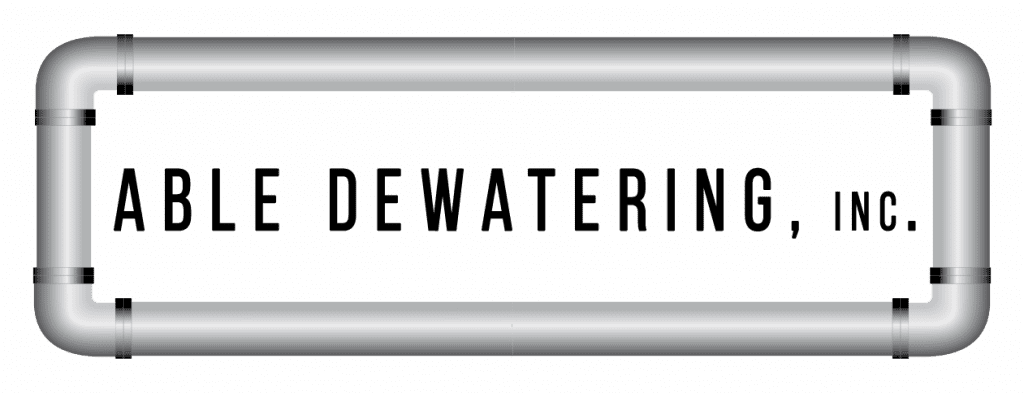What is a drain tile?
A drain tile is also referred to as a drainage tile system, a foundation drain, a perimeter drain, or a French drain. It got the latter name (French Drain) from its inventor, Henry French, who innovated this method of drainage during the 1800s.
Drain tile systems have various applications in agriculture as well as construction. They can keep water from pooling in low lying areas, such as a farm field or a yard. They can transport water as part of a system of irrigation.
Other applications of a drain tile include:
- As an alternative to leaving an open ditch for drainage or a storm sewer for streets and highways
- Placed at the outlet of a septic tank sewage treatment system
- To lessen ground water pressure behind a retaining wall
Drain Tile Installations consist of a system of pipes, made of either porous PVC or flexible plastic. When installed by a qualified professional, like the experts at Able Dewatering, a drain tile system routes water away from the foundation, basement, and/or crawlspace of a building; sending it either downhill via the natural force of gravity or into a collection pit where it is removed by a sump pump. The drain tile pipes may also route to a drainage pit, buried under the ground.
The piping used in drain tile systems range from 2 inches in diameter to as large as 18 inches. A 4-inch diameter pipe tends to be the standard for drain tile systems, when used for a foundation. Drain Tile pipes usually have a round or cylindrical shape, although the shape of the pipe will not alter the flow of the water.


